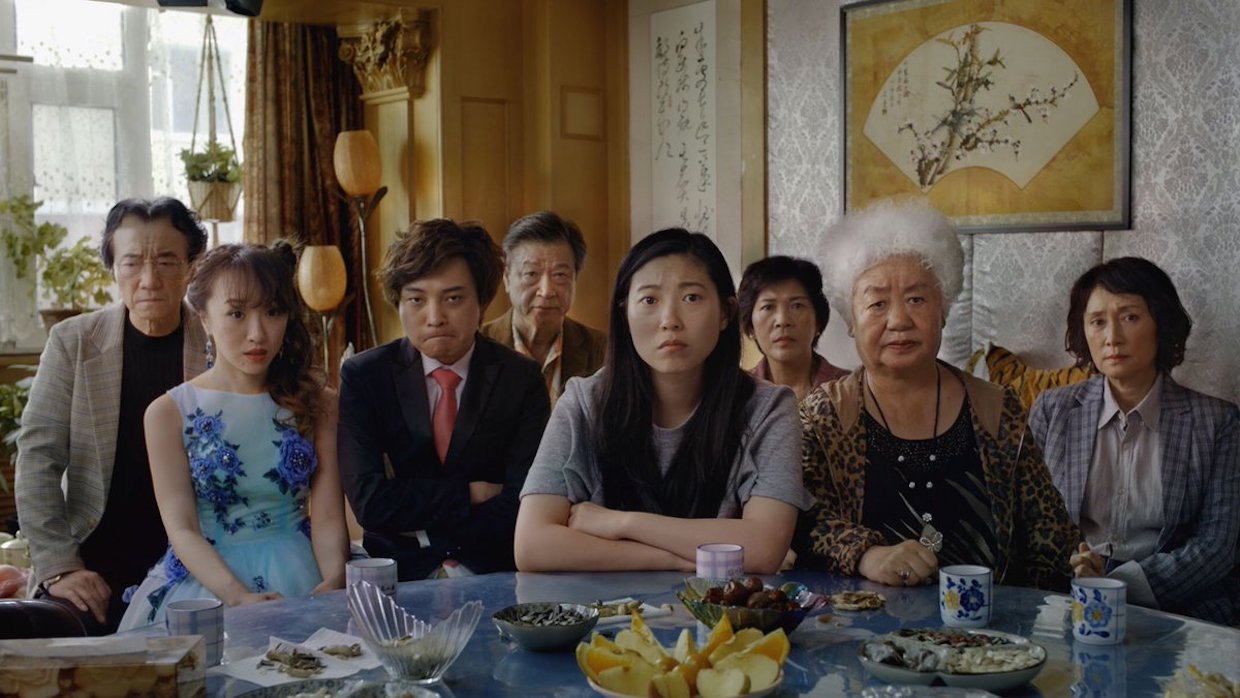 Back to selection
Back to selection
“To Revisit Such a Traumatic Experience for the Sake of Our Movie”: Director Lulu Wang | The Farewell
 The Farewell
The Farewell Whenever directors watch their own films, they always do so with the knowledge that there are moments that occurred during their production — whether that’s in the financing and development or shooting or post — that required incredible ingenuity, skill, planning or just plain luck, but whose difficulty is invisible to most spectators. These are the moments directors are often the most proud of, and that pride comes with the knowledge that no one on the outside could ever properly appreciate what went into them.
So, we ask: “What hidden part of your film are you most privately proud of and why?”
My first telling of this story was for an episode of This American Life, a primarily journalistic non-fiction radio program. In creating the segment, I interviewed real family members, and a professional fact-checker combed through every detail of my story as part of the program’s standard practice to ensure factual accuracy. In adapting this story for the screen, I had to untangle myself from the facts and straddle the line between reality and fiction in order to make the most truthful film. There’s a quote attributed to Mark Twain that says the only difference between fact and fiction is that fiction needs to be credible. The challenge was in deciding where I could take creative license while still maintaining verisimilitude.
We filmed primarily in Changchun, China, where my grandmother actually lives, and throughout prep I strived to infuse the film with realism. The problem with my desire to cast non-actors and use real locations is that they may not be the best choice for the film, practically or creatively. A bad performance or an uncinematic location actually distracts from the story’s credibility. Ultimately, we cast mostly professional actors and adapted locations to represent the real ones, but there were a few instances where the fortuitous intersection of luck and planning allowed us to have the “real thing” in the movie.
There are several family members I initially considered casting to play themselves, including my parents, but my great-aunt, whose family nomenclature I’ve roughly translated to “Little Nai Nai” (little grandma) was the one I felt most certain about. She played a vital role in the real-life deceit, but more importantly, she embodies the immediacy of joy and pathos at the heart of this story. The first time I put her on tape, she was incredibly nervous and her lack of on-camera experience was so apparent that I quickly moved on from the idea of casting her. I started working with a casting director and we also spent several weeks at parks and retirement communities to search for other non-actors to play the part. As we neared the start of production without a viable option for Little Nai Nai, I decided to put my real Little Nai Nai on tape again. This time, instead of auditioning her, I talked to her about her grief and the other emotional challenges of her real life experience. This process made her understand that instead of “performing,” she simply needed to “be.” The emotions captured on that second tape were so raw that the producers and I had a new concern regarding the ethics of asking Little Nai Nai to revisit such a traumatic experience for the sake of our movie. However, she insisted that it was good therapy for her and, after a lengthy discussion with my family, we cast her. During production, the rest of the cast benefitted significantly from having the real Little Nai Nai in the mix, as she was a boundless resource for research and a tremendously grounding energy.
Locations in the film also reflect the merging of reality and representation. During my scouting process with cinematographer Anna Franquesa Solano and production designer Yong OK Lee, we prioritized finding the most visually interesting locations and ultimately ended up choosing the actual cemetery where my grandfather is buried, as well as the real wedding hall where my cousin’s wedding took place. The coincidence of these creative decisions corresponding with reality felt incredibly meaningful, especially when we were filming at my grandfather’s gravesite.
